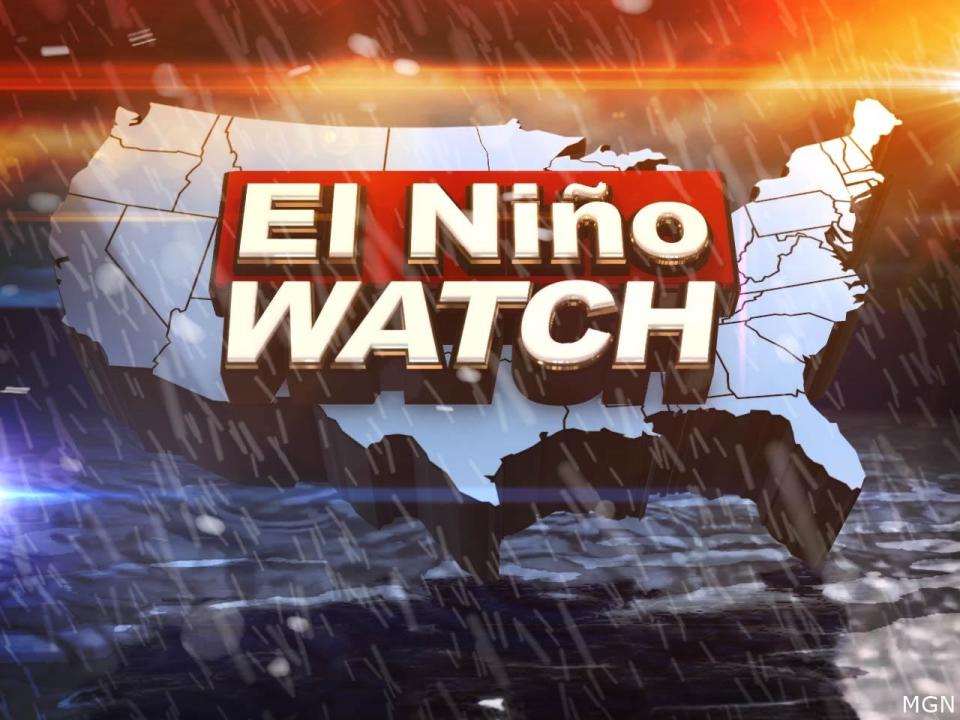Hello El Niño, so long La Niña
Don’t look now, but something’s coming.

You can’t see it yet, but you might feel it soon. It’s El Niño, one of the twin phenomena that affects the weather across the U.S. – and certainly in Texas.
Scientists at the National Oceanic and Atmospheric Administration say signs point to El Niño arriving between now and July and sticking around well into 2024.
El Niño isn’t a “thing” in the corporal sense. It is a warming of the waters in parts of the Pacific Ocean that triggers changes to the world’s weather patterns. It’s been around forever. South American fishermen discovered it long before college-trained meteorologists did. Those fishermen gave it its name, which means “Little Boy” in Spanish. Fast forward about 300 years and meteorologists are ga-ga over it.
So, what does the arrival of El Niño mean?
That depends on where you live. Here in Texas it “can” mean wetter and cooler than normal weather. Notice “can” is in quotation marks. Unlike death and taxes, there are no guarantees in predicting the weather. El Niño “can” increase annual rainfall and inch or two in North Texas and make the winter a degree or two cooler.
El Niño’s sister, La Niña (Little Girl), is a mischievous youngster for Texas that brings warmer-than-normal weather and less rain. La Niña made unwelcomed visits here for three consecutive years, a meteorologic rarity. It left the building in March – to the relief of many.
Notice that in North Texas we had a severe drought during her stay.
The weather gurus think El Niño will stick around for a while and be strong.
Meteorologists love odds almost as much as Las Vegas bookmakers. Here’s where they’re placing their bets:
The chance of El Niño settling in for late spring or early summer – 86 percent.
The chance of El Niño being ensconced by winter – 93 percent.
Odds of a moderate El Niño by winter – 77 percent.
Odds of a strong El Niño – 48 percent.
While an El Niño year would be welcomed by most, the flip side is a greater chance of flooding while it’s here.
The visits from El Niño and La Niña have become erratic in recent years, which some scientists blame on climate change.
This article originally appeared on Wichita Falls Times Record News: Hello El Niño, so long La Niña

